The simple act of coloring holds remarkable power in a toddler’s world. Those chubby little fingers grasping a crayon and making their first marks on paper represent more than just a fun activity—it’s the beginning of a developmental journey. Easy coloring pages for toddlers are specially designed with simple shapes, bold outlines, and familiar objects that captivate young minds while being manageable for their developing motor skills.
Unlike complex coloring books that might frustrate little ones, these simplified pages create the perfect balance between challenge and achievement. They provide a safe space where toddlers can explore colors, develop coordination, and experience the joy of creation—often resulting in those precious artwork pieces proudly displayed on refrigerators everywhere. Let’s explore why these simple activities deserve a special place in your toddler’s daily routine.
Click on picture to get your PDf
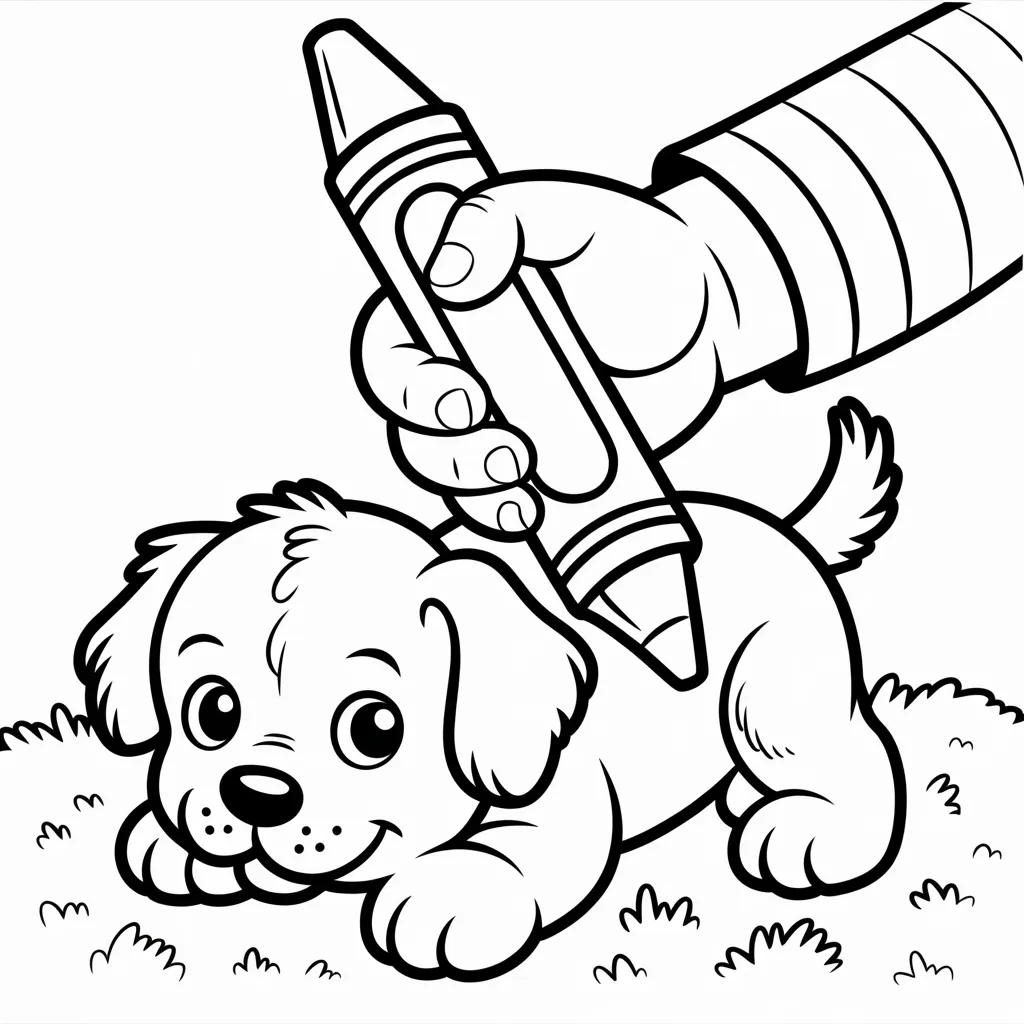
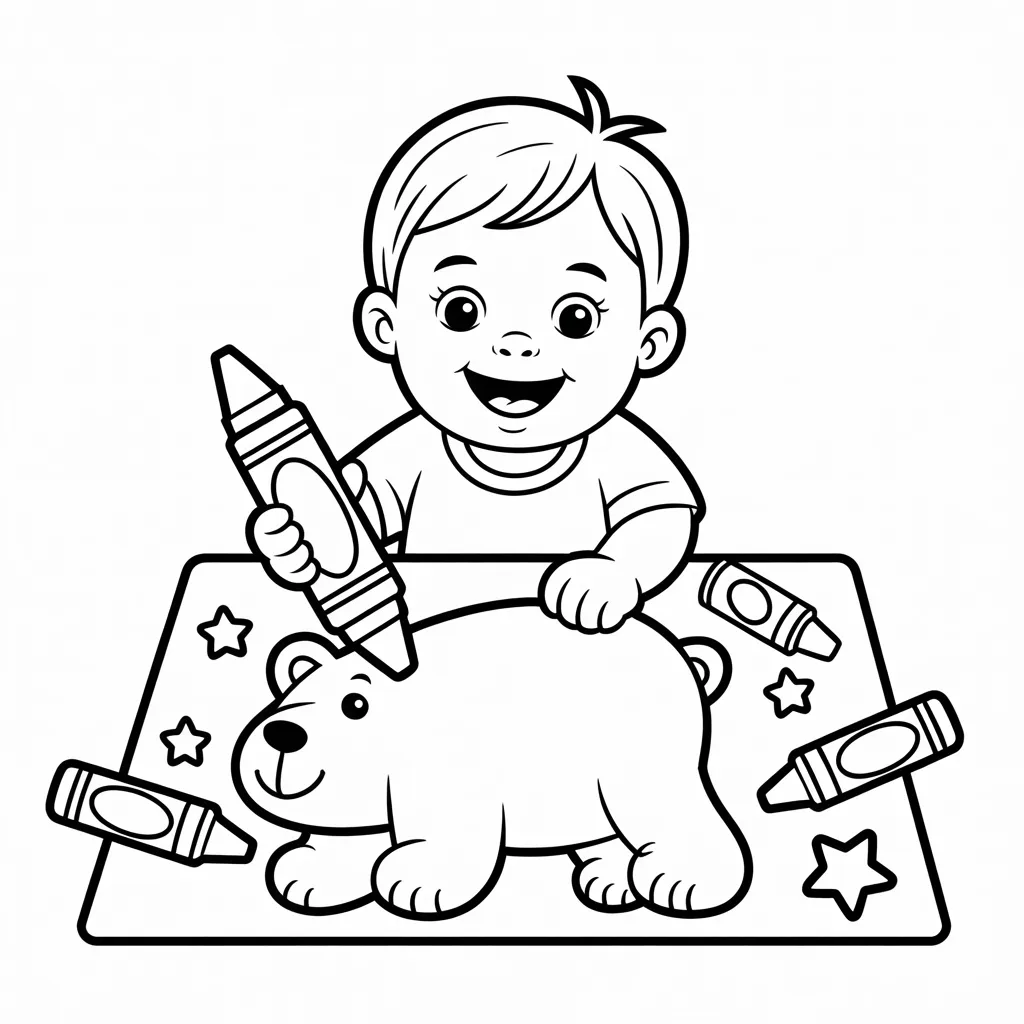

Why Easy Coloring Pages Are Perfect for Toddler Development
Fine Motor Skills Flourish with Every Stroke
When a toddler grips a crayon and attempts to color within lines, they’re actually developing crucial fine motor skills that will benefit them for years to come. These simple coloring activities strengthen the small muscles in their hands and fingers that are essential for writing, buttoning clothes, and other everyday tasks.
The large, simple designs of easy coloring pages for toddlers provide the perfect canvas for beginners. With fewer intricate details and broader lines, these pages allow little hands to practice control without frustration. Pediatric occupational therapists often recommend coloring as one of the best activities for developing hand strength and dexterity in the early years.
Color Recognition and Cognitive Skills
Coloring opens up a world of learning opportunities beyond just artistic expression. When toddlers engage with easy coloring pages, they begin to recognize and name different colors—an essential cognitive milestone in early childhood development.
Parents can enhance this learning by asking simple questions like « What color is the sun? » or « Can you find the red crayon? » These interactions turn coloring time into an educational opportunity where children learn to identify, categorize, and make decisions about colors. This cognitive exercise helps build neural pathways that support learning in other areas as well.
Types of Easy Coloring Pages That Toddlers Love
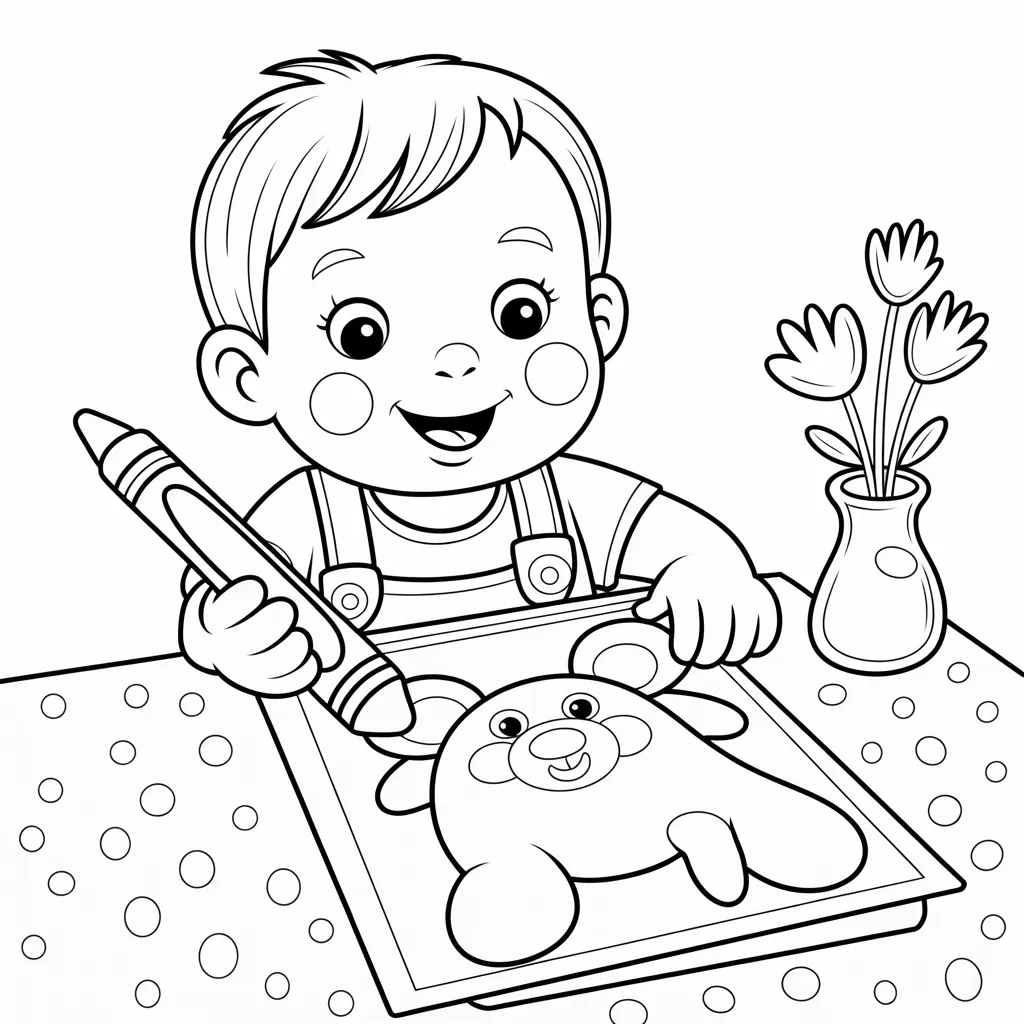
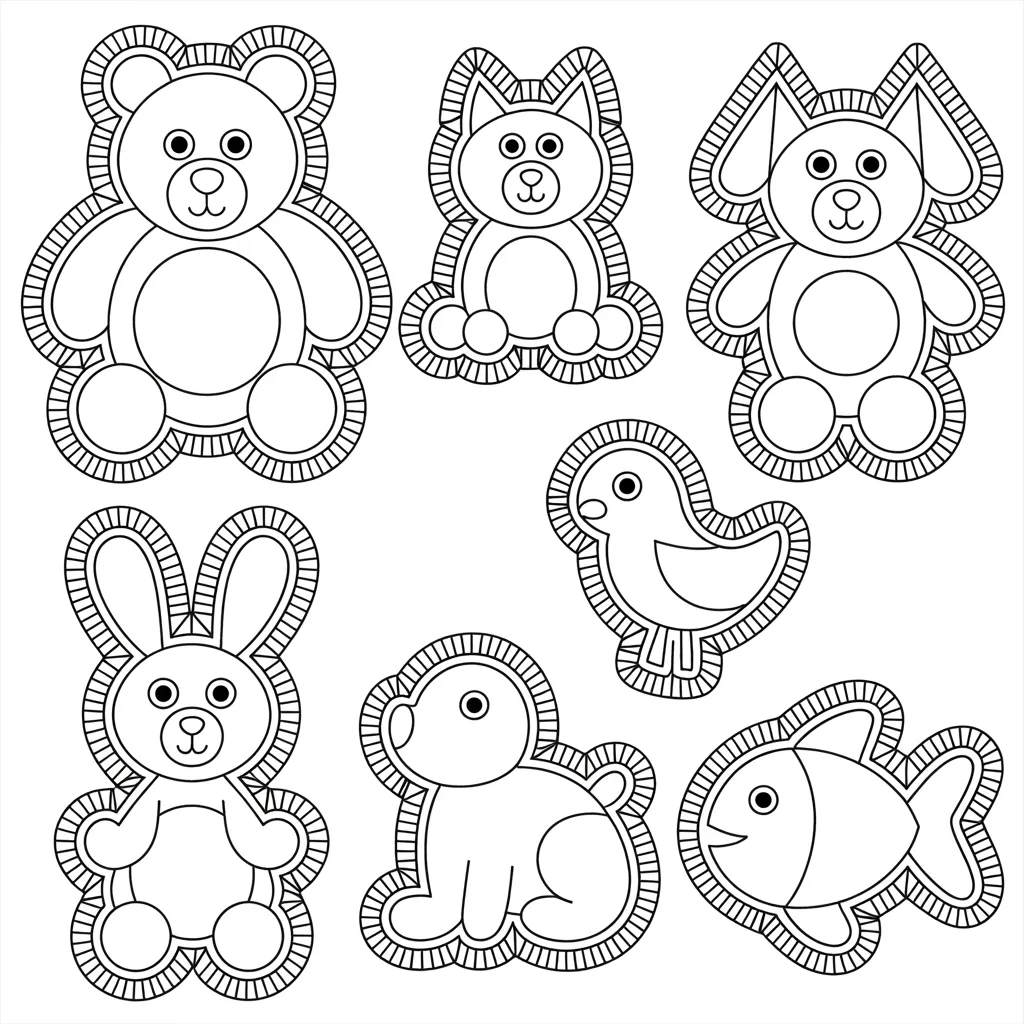
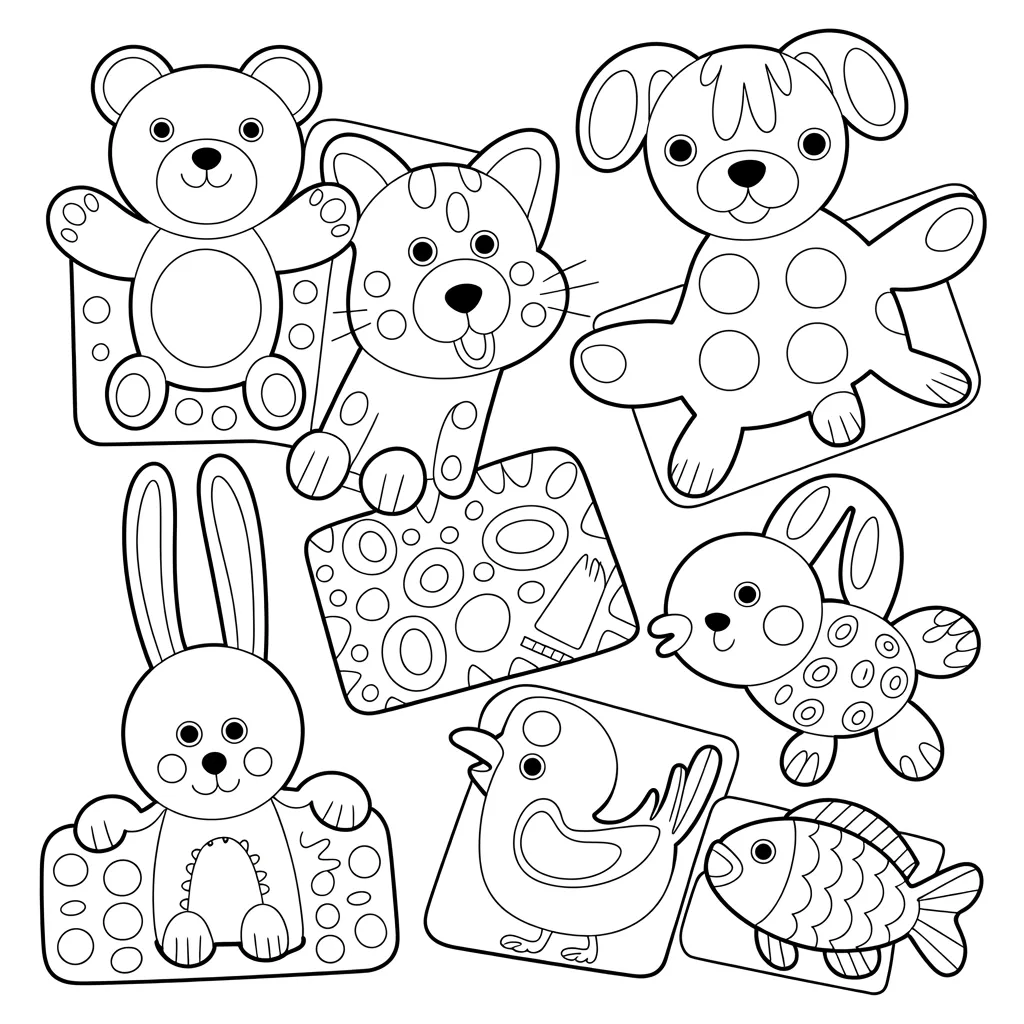
Animal Coloring Pages: Furry Friends for First Colorers
Animal coloring pages rank among the most popular choices for toddlers, and for good reason. Young children naturally connect with animals, making these pages instantly engaging. Simple outlines of familiar creatures like puppies, kittens, and bunnies provide recognizable shapes that toddlers can easily identify and enjoy coloring.
The best easy animal coloring pages for toddlers feature bold outlines with minimal interior details, large enough spaces for broad crayon strokes, and recognizable creatures that children can name. These pages also create opportunities for parents to teach animal sounds, habitats, and basic facts while coloring together.
Shapes and Objects: Building Blocks of Recognition
Coloring pages featuring basic shapes and everyday objects help toddlers connect coloring with the world around them. Simple circles, squares, triangles, and stars not only make perfect first coloring subjects but also reinforce shape recognition—a foundational math concept.
Similarly, coloring pages with familiar objects like balls, flowers, or simple vehicles help toddlers recognize and name things from their environment. These pages build vocabulary and observational skills while providing satisfying coloring experiences with their simple, clear outlines.
How to Make Coloring Time More Engaging for Toddlers
Creating a Comfortable Coloring Environment
The physical setup of your toddler’s coloring space can significantly impact their experience. Create a dedicated area with proper seating at their height, good lighting, and a stable surface. Keep coloring sessions short—about 5-10 minutes for very young toddlers, gradually increasing as their attention span develops.
Choose the right coloring tools for little hands. Chunky, triangular crayons are easiest for toddlers to grip, while washable markers might offer more vivid colors with less pressure required. Always supervise coloring time, not just for safety but also to provide encouragement and interaction that enhances the experience.
Beyond Paper: Creative Ways to Use Coloring Pages
Take coloring beyond the page by incorporating these activities into other aspects of toddler play. Cut out colored characters to create simple puppets, use completed coloring pages as story starters, or create a personal « gallery » where your toddler’s artwork is displayed respectfully.
For sensory exploration, try coloring on different textures like cardstock, paper plates, or even sandpaper (with supervision). This variation adds new dimensions to the coloring experience and helps develop tactile sensitivity alongside visual creativity.
The Social and Emotional Benefits of Easy Coloring Pages
Building Confidence Through Completion
One of the greatest emotional benefits of easy coloring pages for toddlers is the sense of accomplishment they provide. When a toddler completes a coloring page—even if the colors go outside the lines or don’t match reality—they experience the satisfaction of finishing something they started.
This early sense of achievement builds confidence that transfers to other areas of development. Parents can nurture this confidence by offering specific praise about effort rather than results: « You worked so hard on that! » or « Look at all the colors you used! » These positive associations with creation and completion establish healthy attitudes toward trying new things.
Emotional Expression Through Color Choices
Coloring provides toddlers with an outlet for emotional expression before they have the vocabulary to articulate their feelings. The colors they choose and how vigorously they apply them can reflect their emotional state, giving parents insight into their toddler’s inner world.
Create a judgment-free zone where all color choices are accepted. There’s no wrong way to color a puppy—it can be purple with green spots if that’s what brings your toddler joy! This freedom of expression nurtures creativity and emotional intelligence from an early age.
Tips for Parents: Making the Most of Toddler Coloring Sessions
Finding the Right Pages for Your Toddler’s Skill Level
When selecting easy coloring pages for toddlers, consider your child’s individual development stage rather than just their age. Look for:
- Bold, thick outlines that are easy to see
- Large, simple shapes with minimal internal details
- Familiar subjects that your toddler can recognize
- Sufficient white space to allow for developing motor skills
Start with the simplest designs for very young toddlers (1-2 years) and gradually introduce more complex pages as their skills and attention span increase. Remember that the goal is enjoyment and development, not perfection.
Turning Coloring Into Quality Time
Transform coloring sessions into meaningful bonding opportunities by being fully present with your toddler. Sit down and color alongside them rather than using the time to catch up on other tasks. This shared activity creates special memories while modeling concentration and creativity.
Use coloring time for gentle conversation, asking open-ended questions about their color choices or the subject they’re coloring. This language exchange builds vocabulary and thinking skills in a natural, pressure-free environment.
Conclusion
Easy coloring pages for toddlers represent so much more than simple entertainment—they’re powerful tools for development across multiple domains. From strengthening tiny finger muscles to building cognitive connections and expressing emotions, these humble activities lay groundwork for skills your child will use throughout life.
By providing age-appropriate coloring opportunities in a supportive environment, you’re giving your toddler valuable learning experiences disguised as play. The next time you see your little one enthusiastically scribbling away, remember that those colorful marks are actually signs of blossoming development—and enjoy the beautiful mess of creativity unfolding before you.
Color and Learn Worksheets: 45 Essential Resources for Educational Engagement
FAQ
At what age should toddlers start coloring?
Most babies can grasp crayons around 12-15 months, though they’ll mostly scribble randomly. By 18-24 months, toddlers begin showing more interest in deliberate coloring activities, making this an ideal time to introduce very simple coloring pages with large, bold outlines.
How long should toddlers spend coloring?
Follow your child’s lead, but generally, toddlers between 1-2 years might focus for 5-10 minutes, while 2-3 year olds may enjoy coloring for 10-15 minutes. Quality matters more than quantity—a few minutes of engaged coloring is better than a longer, frustrated session.
Are digital coloring apps appropriate for toddlers?
While traditional coloring with crayons offers important tactile benefits for development, high-quality digital coloring apps can supplement (not replace) physical coloring. Limit screen time according to pediatric guidelines, and choose apps specifically designed for toddlers with simple interfaces.
How should I react when my toddler colors outside the lines?
Celebrate the effort rather than focusing on precision! Coloring outside lines is completely normal and appropriate for toddlers. Their fine motor skills are still developing, and forcing perfection may discourage creativity. Praise their color choices, concentration, and completion instead.
What are signs my toddler is ready for more complex coloring pages?
When your toddler consistently fills most of the coloring page, maintains interest throughout the activity, begins attempting to stay within lines, and asks for more coloring opportunities, they may be ready for slightly more detailed pages. Make transitions gradual, moving from very simple to moderately simple designs before introducing complexity.
